One night in early autumn 1982, two young men roamed the streets of Lodz in Poland. It was a dark period in the country’s history – one of many. A mass movement led by the Solidarnosc trade union had recently attempted to challenge the communist regime which had kept the country under a heavy Soviet yoke, with little to offer but food shortages, economic decline and the erosion of national identity. The authorities had responded with force to the widespread strikes, declaring martial law in December 1981 and rolling tanks into cities. Protests were silenced with guns. Thousands were arrested and dozens killed.
When Waldemar Fydrych and Piotr Adamcio wandered through Lodz months later, the streets were eerily quiet. The only sign of the mass unrest that had taken place there were the many white patches on walls where anti-government graffiti had been painted over by the authorities. It was precisely those patches that the two young men were after. Rather than signs of oppression, they saw a blank canvas, a space for their own rebellion.
Fydrych and Adamcio couldn’t believe their luck when they found an entire building with blank grey walls. They immediately set to work. But instead of the political slogans of the previous year, they painted little red figures – lots of them. Theirs would be a ‘revolution of dwarves’, as they told an agent of the secret police after they had been arrested. The building they’d chosen for their artful rebellion was a school for officer cadets. The would-be revolutionaries were apprehended and questioned almost immediately. But what was the agent to write in his report? That he had captured two young men starting a revolution of dwarves? That was absurd. So both were released the next day without charge.
Eventually Solidarnosc too found a way to circumvent dictatorial oppression. Organising resistance in underground networks and using the support of mighty allies such as the Vatican and the US, the trade union eventually became too powerful to ignore or suppress. In the late 1980s, the authorities began negotiating with its leaders, a process that contributed to the downfall of communism in Poland.
In Beauty is in the Street, JoachimC. Häberlen sets out to retrace the steps of people protesting against authority in post-war Europe. A former associate professor of Modern Continental European History at the University of Warwick, Häberlen now lives and works in Berlin, preparing to become a teacher of English and history there.
In many ways his book represents this shift. On the one hand, it deals with themes of protest and counterculture precisely and confidently. Häberlen has studied this field for years. His particular strength is in covering not just protests in the West, such as the 1968 movements, but on the other side of the Iron Curtain. They are seen through the eyes and voices of those who took part – such as Fydrych and Adamcio drawing dwarves on Polish walls as well as women such as Inga Humpe, a techno reveller, who remembered the ‘smooching culture’ that came with electronic music as an act of liberation: ‘Particularly as a woman, you could feel absolutely free,’ she told the author.
On the other hand, Häberlen’s unabashed sympathy for his subjects and his freedom from the constraints of academic parameters open his writing up to more than a trace of activism. A former squatter and participant in street protests himself, Häberlen recalls his own ‘exhilarating moments of enthusiasm when chanting in the streets, of listening to famous protest songs, of feeling a sense of community when singing along with comrades’. This personal connection lends the book sparkle but also limits the kind of protest and subculture the author agrees with – which is largely left-leaning student movements.
We get intricate details, for instance, of the radical, charismatic student leader Rudi Dutschke, one of the most influential leaders of the West German student movement. Dutschke had grown up in socialist East Germany and continued to believe in far left ideology even if he quickly fell out with the way it was implemented in his country. Refusing to undertake military service, he was not allowed to study sports journalism in Leipzig, as he had intended, and moved to West Berlin – just three days before the Berlin Wall went up in August 1961. He responded to this by trying to tear bits of it down and throwing leaflets over to the other side.
Nonetheless, Dutschke remained a socialist and built a powerful student following in West Germany to which the police and the country’s still largely conservative population responded with a mix of anxiety and hostility. The charged atmosphere whipped up by the media eventually inspired Josef Bachmann, a young, far-right worker, to fire shots at Dutschke on the street. He hit him twice in the head and once in the shoulder. Dutschke survived but never fully recovered, dying in 1979 as a result of his brain injuries, aged 39. His death sparked a further escalation between protestors and the authorities with many violent incidents to follow. For Häberlen, Dutschke’s calls for creating more ‘class consciousness’ – a step up from Marx’s who assumed that workers would naturally become aware of their exploitation and fight it– are a ‘classical programme of enlightenment’ rather than a continuation of 19th- century doctrine.
Yet among the lengthy sections on the student movements of the later 1960s, other important forms of protest find little notice. The year 1962, for instance, saw one of the earliest signs that West German society was beginning to embrace democratic values. The defence minister Franz Josef Strauss had attempted to curtail the freedom of the press when the political weekly Der Spiegel published an article about the woeful state of the newly established armed forces. Strauss claimed this amounted to treason. He had many journalists arrested and Der Spiegel’s offices raided and occupied – all with the tacit approval of Chancellor Konrad Adenauer, who spoke of an ‘abyss of treason’ in a public speech.
Such muzzling of the press was too much for many Germans, and the first mass demonstrations broke out since the experience of Nazism, war and occupation had cowed the population into meekness. The outrage severely damaged the careers of both Adenauer and Strauss. When the Federal Constitutional Court of Germany considered the case in August 1966, it enshrined the ground rules of freedom of the press. This was a seminal, immensely successful mass protest against the abuse of power, but it lacked the alternative lifestyles, the charismatic leader figures and the far-left ideology that are common to many of the movements Häberlen dedicates his pages to.
Similarly, a fascinating chapter on subcultures and music expresses much admiration for the English punk rock band the Sex Pistols and their angry vocalist Johnny Rotten. Describing with wry amusement how the band members appeared on TV drinking, smoking and swearing, Häberlen explains how they influenced a distinct youth culture that spread from London to the rest of the UK and continental Europe. Yet there is nothing on other important youth movements such as the working-class skinhead subculture which also originated in London and was born out of disenchantment with the lack of opportunities on offer to young people from that demographic. It too came with a rich culture consisting of distinct music, clothes and lifestyle but clearly not one the author finds appealing.
Häberlen is looking for material to inspire modern-day students to ‘imagine alternatives’, rather than just describe and analyse the past. The successful revolutions of eastern Europe, for instance, may have helped bring down Soviet rule and change the world, but to Häberlen they stopped being relevant after that. Unlike the student movements of 1969, he argues, ‘The revolutions of 1989 did not inspire protests in the years to come; they were consigned to oblivion.’
The same applies to many working-class forms of protest. While some modern movements such as the environmentalist ‘Fridays for Future’ are given more than a nod and described as ‘huge’ and ‘impressive’, France’s gilets jaunes protests, which have involved around three million people since they began in 2018, aren’t mentioned at all.
These blind spots mean that Häberlen’s book cannot be read as a comprehensive history of social and political protest since 1945. But that isn’t its purpose. The author is very open about his premise that ‘protest movements of the past continue to provide a source of inspiration for present-day activism’. For readers who can live with his personal definition of what defines protesting ‘for a better world’, Beauty is in the Street offers a rich and readable account of left-wing activism in the West and opposition to Soviet-style communism in the East.<//>
Got something to add? Join the discussion and comment below.
Get 10 issues for just $10
Subscribe to The Spectator Australia today for the next 10 magazine issues, plus full online access, for just $10.
You might disagree with half of it, but you’ll enjoy reading all of it. Try your first month for free, then just $2 a week for the remainder of your first year.

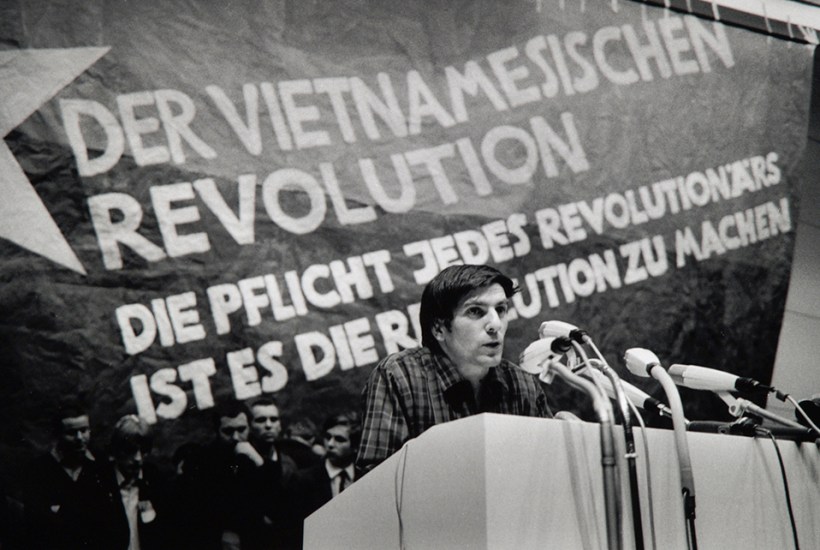
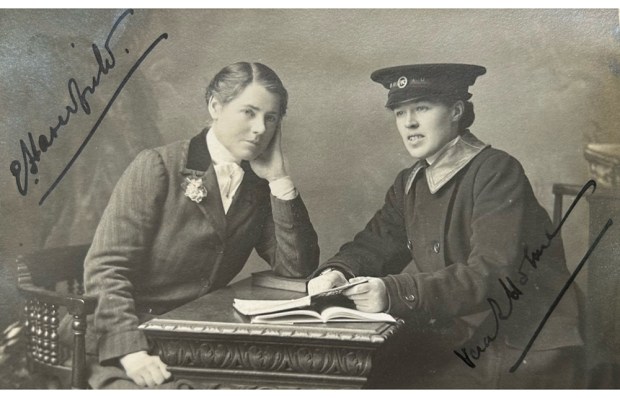
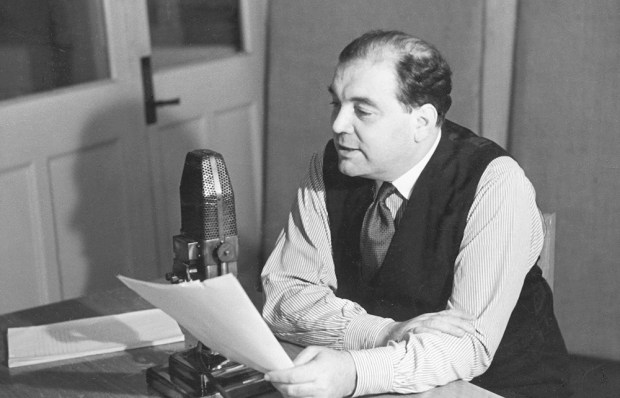
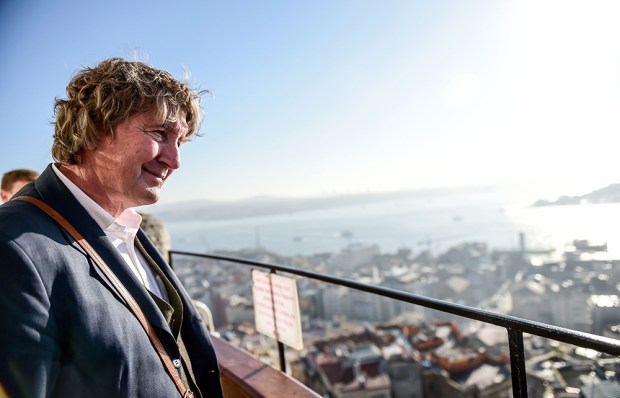
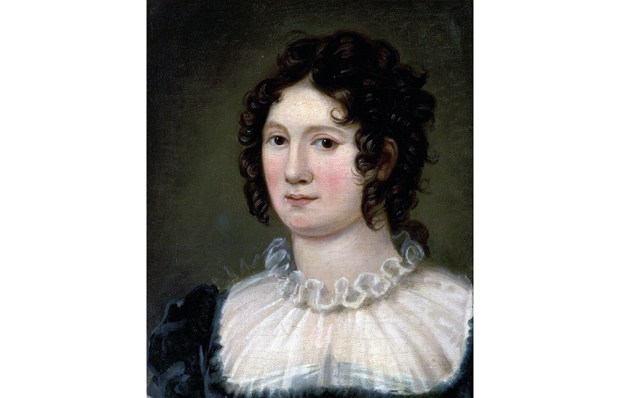








Comments
Don't miss out
Join the conversation with other Spectator Australia readers. Subscribe to leave a comment.
SUBSCRIBEAlready a subscriber? Log in